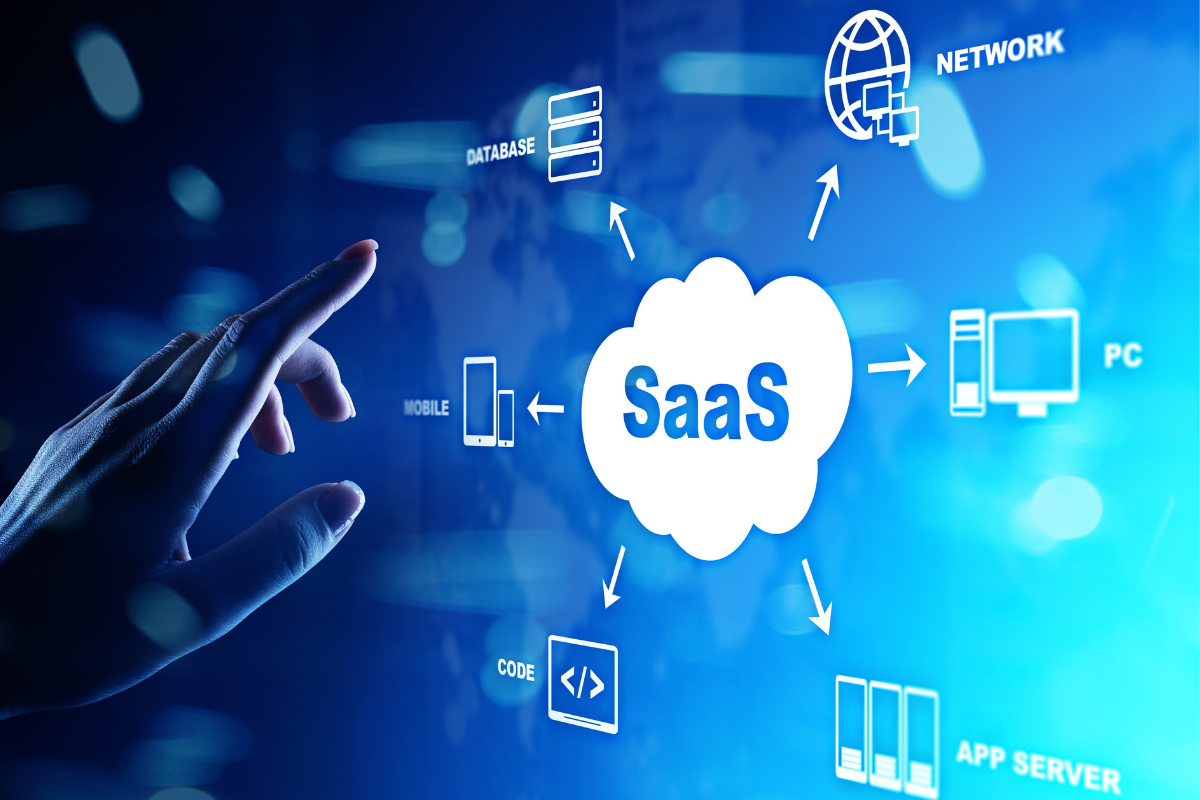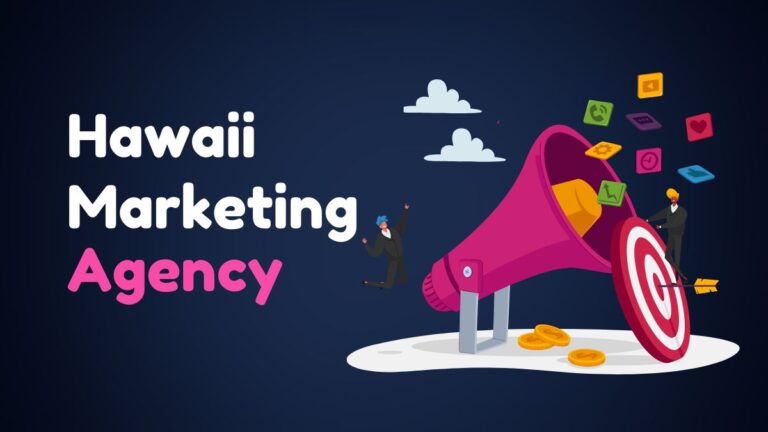In the ever-evolving digital landscape, businesses are constantly seeking innovative ways to drive revenue and enhance operational efficiency. One such innovation is the development of Software as a Service (SaaS) applications. SaaS app development has revolutionized how businesses operate by offering scalable, cost-effective, and user-friendly solutions. Partnering with the best SaaS App Development Company can further amplify these benefits, ensuring top-notch quality and performance. This guide explores how SaaS app development can increase revenue for businesses, outlining its benefits, strategies, and real-world examples.
Understanding SaaS: A Primer
Before delving into how SaaS app development can boost revenue, it’s essential to understand what SaaS entails. SaaS is a software distribution model in which applications are hosted by a service provider and made available to customers over the internet. Unlike traditional software, which requires installation on individual machines, SaaS applications are accessible via web browsers, offering flexibility and ease of access.
Benefits of SaaS for Businesses
SaaS app development offers numerous benefits that can directly or indirectly lead to increased revenue for businesses:
-
Lower Upfront Costs
- Traditional software requires significant upfront investment in licensing and hardware. SaaS, on the other hand, operates on a subscription model, reducing initial costs and spreading expenses over time.
-
Scalability
- SaaS applications are inherently scalable, allowing businesses to adjust their usage based on demand. This scalability means businesses can accommodate growth without the need for substantial infrastructure investment.
-
Accessibility and Flexibility
- With SaaS, employees can access applications from anywhere with an internet connection. This accessibility enhances productivity and allows businesses to leverage remote work opportunities.
-
Regular Updates and Maintenance
- SaaS providers handle updates and maintenance, ensuring that businesses always have access to the latest features and security patches without additional costs or effort.
-
Enhanced Collaboration
- Many SaaS applications include features that facilitate collaboration, such as real-time editing and communication tools. This fosters teamwork and can lead to more efficient project completion.
How SaaS App Development Increases Revenue
Now that we’ve covered the benefits, let’s explore specific ways in which SaaS app development can drive revenue growth for businesses.
1. Expanding Market Reach
One of the most significant advantages of SaaS applications is their global accessibility. By developing a SaaS app, businesses can tap into new markets without the constraints of geographical boundaries. This expanded reach can lead to a larger customer base and increased revenue. For instance, a SaaS CRM (Customer Relationship Management) tool can attract clients from various industries and regions, thereby diversifying and expanding the revenue stream.
2. Subscription-Based Revenue Model
SaaS apps typically operate on a subscription-based model, providing businesses with a steady and predictable revenue stream. This model offers various subscription tiers, allowing businesses to cater to different customer segments and maximize revenue. For example, a SaaS company might offer basic, premium, and enterprise packages, each with varying features and pricing. This tiered approach not only attracts a broader audience but also encourages customers to upgrade for additional benefits.
3. Upselling and Cross-Selling Opportunities
SaaS applications can facilitate upselling and cross-selling opportunities. By analyzing customer usage data, businesses can identify patterns and offer targeted upgrades or additional services that meet specific needs. For instance, if a customer frequently uses certain features of a project management SaaS tool, the provider can offer advanced functionalities or integrations at an additional cost, thereby increasing revenue per user.
4. Customer Retention and Lifetime Value
The subscription-based model of SaaS applications inherently focuses on customer retention. High retention rates are crucial for sustainable revenue growth, as acquiring new customers is often more costly than retaining existing ones. SaaS providers can enhance customer satisfaction and loyalty through continuous improvements, personalized customer support, and regular updates. A satisfied customer is likely to remain subscribed for a longer period, increasing their lifetime value (LTV) and contributing to overall revenue growth.
5. Reduced Operational Costs
SaaS app development can lead to significant cost savings, which indirectly boosts revenue by improving profit margins. As SaaS applications are hosted in the cloud, businesses can reduce expenses related to hardware, maintenance, and IT staff. Additionally, the scalability of SaaS solutions means that businesses only pay for what they use, avoiding over-provisioning and unnecessary expenditure.
6. Data-Driven Decision Making
SaaS applications often come with robust analytics and reporting tools. These tools enable businesses to collect and analyze vast amounts of data, leading to informed decision-making. By leveraging data insights, businesses can identify trends, optimize operations, and develop targeted marketing strategies. For example, an e-commerce SaaS platform might use customer behavior data to personalize marketing campaigns, resulting in higher conversion rates and increased sales.
7. Enhanced Customer Experience
A positive customer experience is crucial for revenue growth. SaaS applications can enhance customer experience through user-friendly interfaces, personalized features, and efficient customer support. Satisfied customers are more likely to renew their subscriptions, recommend the service to others, and make additional purchases. For instance, a SaaS helpdesk solution that streamlines customer support processes can lead to quicker resolution times and higher customer satisfaction, ultimately driving revenue growth through renewals and referrals.
Real-World Examples of SaaS Revenue Growth
Several companies have successfully leveraged SaaS app development to increase their revenue. Here are a few notable examples:
1. Salesforce
Salesforce is a leading SaaS CRM provider that has transformed the way businesses manage customer relationships. By offering a scalable and flexible CRM solution, Salesforce has attracted a diverse range of customers, from small businesses to large enterprises. The company’s subscription-based model, coupled with continuous innovation and a strong focus on customer success, has resulted in consistent revenue growth. Salesforce’s ability to upsell additional features and services, such as Marketing Cloud and Service Cloud, further boosts its revenue.
2. Slack
Slack, a collaboration and communication platform, has experienced rapid growth since its launch. By addressing the need for efficient team communication, Slack has become an essential tool for businesses worldwide. The platform’s freemium model, which offers basic features for free and advanced functionalities through paid plans, has proven effective in converting free users to paying customers. Slack’s integration with other popular SaaS applications also enhances its value proposition, driving higher adoption and revenue.
3. Zoom
Zoom, a video conferencing SaaS application, saw exponential growth, especially during the COVID-19 pandemic. By providing a reliable and user-friendly platform for virtual meetings, Zoom quickly became a household name. The company’s tiered pricing model, which includes free and paid plans with varying features, caters to a wide range of users. Zoom’s ability to scale rapidly and meet the increased demand for remote communication significantly boosted its revenue.
Best Practices for SaaS App Development
To maximize the revenue potential of SaaS applications, businesses should adhere to best practices in SaaS app development:
1. Focus on User Experience
A seamless and intuitive user experience is crucial for customer satisfaction and retention. Invest in UI/UX design to ensure that your SaaS application is easy to navigate and meets user needs.
2. Implement Strong Security Measures
Data security is a top concern for SaaS users. Implement robust security measures, such as encryption, multi-factor authentication, and regular security audits, to protect customer data and build trust.
3. Offer Scalable Solutions
Design your SaaS application with scalability in mind. Ensure that your infrastructure can handle increased usage as your customer base grows, without compromising performance.
4. Provide Excellent Customer Support
Exceptional customer support can differentiate your SaaS application from competitors. Offer multiple support channels, such as live chat, email, and phone support, to address customer queries promptly.
5. Regularly Update and Improve
Continuously update your SaaS application with new features, performance enhancements, and bug fixes. Regular updates demonstrate your commitment to providing value and can help retain customers.
6. Utilize Data Analytics
Leverage data analytics to gain insights into user behavior, preferences, and pain points. Use this information to make data-driven decisions and tailor your offerings to meet customer needs effectively.
Conclusion
Marketing your DoorDash clone app effectively requires a strategic and multifaceted approach. By understanding the market, developing a unique value proposition, building a strong online presence, leveraging paid advertising, engaging with the community, and continuously monitoring your performance, you can set your app apart from the competition and achieve success. Remember, the key is to remain adaptable and responsive to market changes and user needs, ensuring your app remains relevant and valuable to your users. Partnering with RichestSoft, the best app development company, can further enhance your app’s quality and user experience, contributing to its long-term success.













